
Soil Health & Fertilization
We unite suppliers and green industry professionals worldwide
This desert-native succulent needs to be in everyone’s garden; with its long, trailing stems covered in soft spines, and its show-stopping magenta blooms. It's not your typical cactus—it climbs, cascades, and blooms profusely when happy.
By Mariam Scott
|Published on June 18, 2025
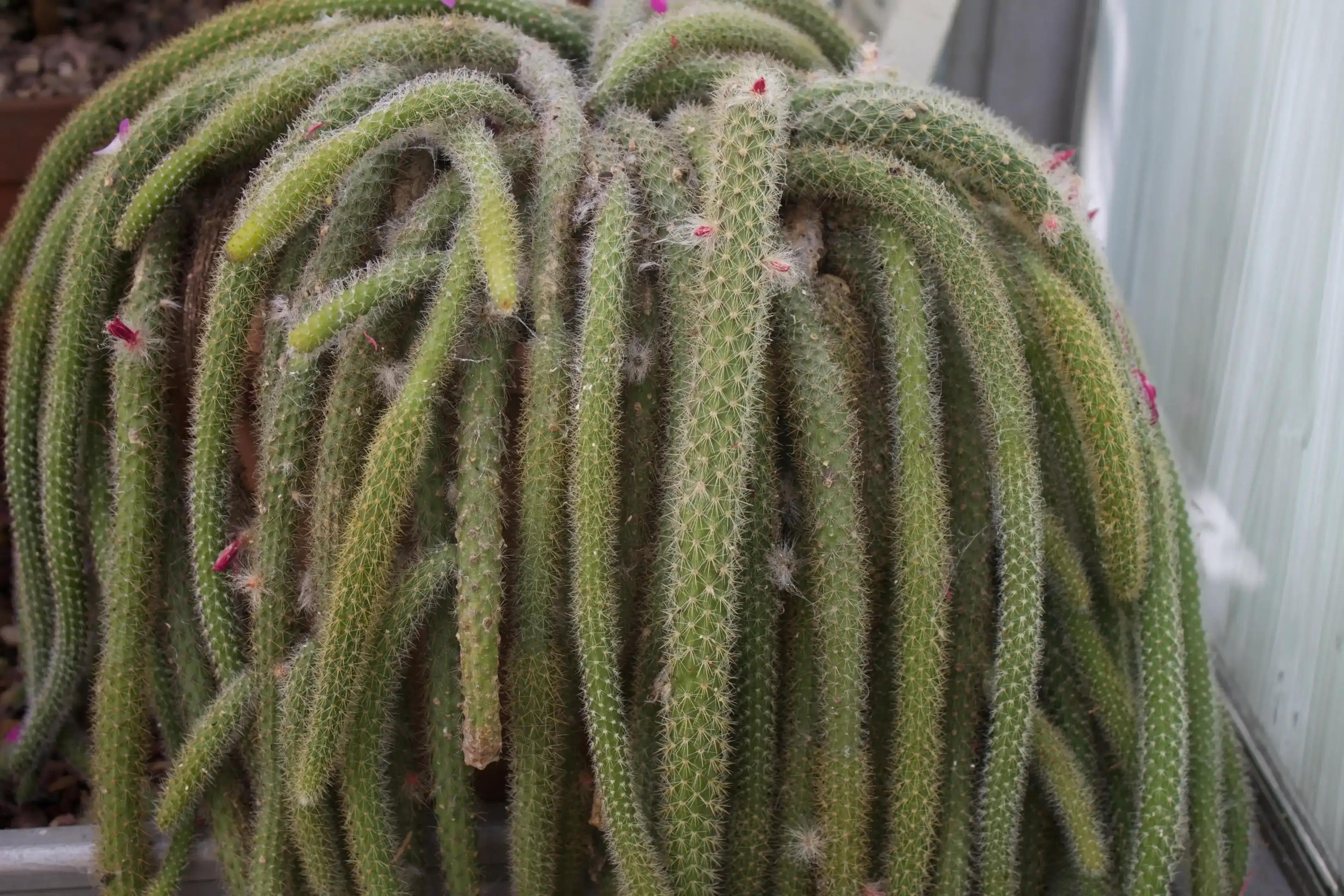

“Is it possible for a cactus to grow like a vine bloom like a showstopper?”
Yes, the Rat Tail Cactus (Aporocactus flagelliformis) answers with a bold YES! This desert-native succulent needs to be in everyone’s garden; with its long, trailing stems covered in soft spines, and its show-stopping magenta blooms. It's not your typical cactus—it climbs, cascades, and blooms profusely when happy.
This epiphytic cactus, native to Mexico, was once commonly found in Victorian greenhouses, and it’s still much adored today for its showy, dangling form. Often grown in hanging baskets or high shelves, it creates an impressive curtain of stems that can reach up to six feet long. In spring and early summer, it surprises with colorful, tubular flowers, making it a living sculpture in any space, one that adds both movement and intrigue.
Whether you’re a succulent enthusiast or just looking for a unique conversation piece, the Rat Tail Cactus delivers style with minimal fuss.
| Common Name | Rat Tail Cactus |
| Botanical Name | Aporocactus flagelliformis |
| Type | Epiphytic cactus, succulent |
| Height/Spread | Stems can reach up to 6 feet long |
| Sunlight | Bright indirect light to filtered sun |
| Soil | Well-draining cactus or succulent mix |
| Watering | Moderate watering; let soil dry out |
| Bloom Time | Spring to early summer |
| Hardiness Zones | USDA 9–11 |

September 25, 2025
9 minute read
September 24, 2025
9 minute read
September 23, 2025
10 minute read
September 22, 2025
9 minute read


Join as a seller and connect with thousands of B2B buyers nationwide!
Sign Up
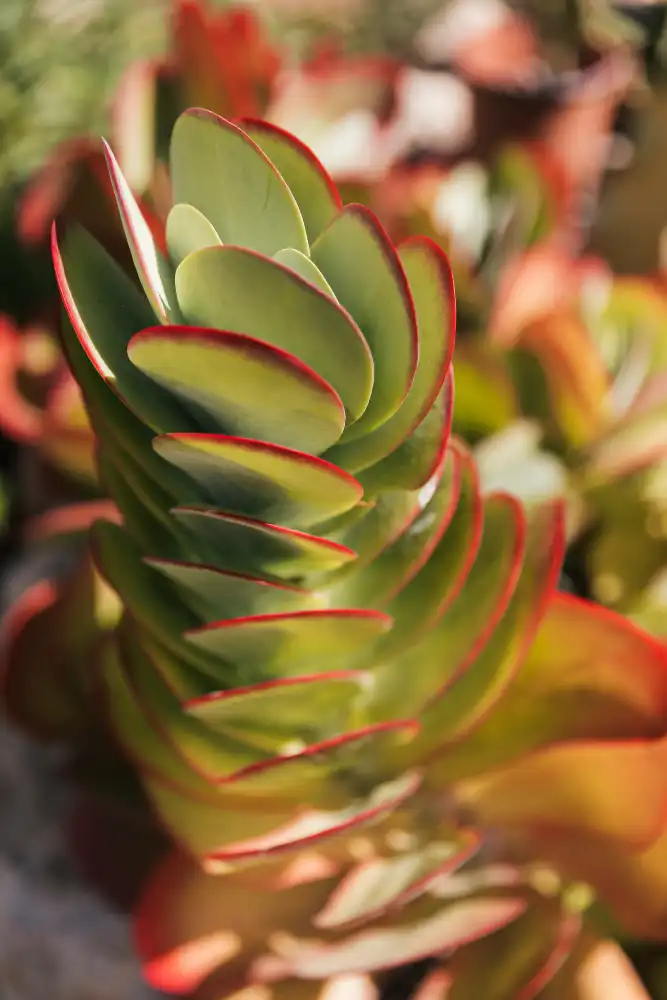
Paddle Plant
The Paddle Plant (Kalanchoe thyrsiflora or Kalanchoe luciae) is sculpture as much as it is succulent. This dramatic plant, with its large, round, paddle-shaped leaves tinged with red edges, adds a bold, architectural presence to any garden or indoor space

Pagoda Dogwood
The Pagoda Dogwood (Cornus alternifolia), a small tree or large shrub that lives up to its name with a branching habit that mimics the layered rooflines of a pagoda. It has four-season appeal:

Quaking Aspen
The Quaking Aspen isn’t only praised for its golden autumn foliage — it’s adored for how its round, flat leaves tremble and shimmer with the slightest touch of wind. This captivating characteristic makes the Quaking Aspen a great marvel of the natural wo

Queen Anne’s Lace
Queen Anne’s Lace has long inspired the imagination of both gardeners and herbalists alike with its umbrella-shaped clusters of white flowers and feathery, fern-like foliage.
The Rat Tail Cactus is relatively easygoing, as long as it gets the light and drainage it needs. It thrives in hanging baskets or mounted arrangements where its stems can spill freely.
Consistent watering during the growing season and a sunny spot will reward you with vigorous growth and dramatic pink flowers.
This cactus enjoys bright, indirect sunlight or filtered light, mimicking the dappled canopy it enjoys in the wild. Direct sunlight in the afternoon can scorch it, particularly indoors, but not enough light will impede its growth and flowering. So, the ideal place is at the windows of east- or west-facing rooms or in greenhouses with bright but filtered light.
Well-draining soil is a must. A cactus or succulent mix, with added perlite or coarse sand, ensures that roots won’t be sitting in moisture. For an epiphytic experience, it can also be grown in orchid bark-based mediums, especially when mounted.
Although it’s a cactus, it prefers a little extra moisture during its active growth phase (spring and summer).
Water well, then allow the soil to dry out completely before watering again. In winter, reduce watering— only do enough watering to keep the stems from shriveling. Overwatering is the top killer, so when in doubt, wait a few days.
Pruning Rat Tail Cactus helps manage its shape and encourages branching. In early spring, before new growth starts, prune old or overly long and leggy stems. Use sterilized scissors or pruning shears, and cut near the base or at a segment joint. You can usually root cuttings to make new plants. Also, remove any withered or damaged growth to maintain a tidy and healthy appearance.
Propagating is super easy and rewarding as well, usually performed through stem cuttings.
Once the new plant is established, it will grow rapidly and start trailing just like the parent.
This cactus thrives in containers, especially hanging baskets or elevated pots that showcase its trailing habit.
Container growth also makes it easier to move indoors during cold spells in less-than-tropical zones.
This cactus is not frost-hardy, so protection during winter is required if you live in a cooler climate.
Kept dry and cool, the cactus will rest peacefully and reward you with fresh growth and flowers when the seasons turn.
Rat Tail Cactus blooms in spring and early summer, sending out bright pink to magenta tubular flowers that open for several days. To encourage blooming:
Though the flowers are short-lived, they often appear in flushes and create a spectacular show.
The majority of Rat Tail Cactus issues come from too much watering or inadequate light.
Most problems can be avoided by keeping the plant in airy, sunny and dry conditions.
The Rat Tail Cactus is a quirky yet elegant plant that delivers both form and flower. With minimal care and the right light, it cascades beautifully and puts on a springtime floral display that surprises many cactus skeptics. Whether it’s suspended in a sunny room or cascading from a basket in the garden, it’s a low-maintenance showstopper that always earns a second look.
Yes, it does well indoors in bright light, preferably near an east or west-facing window.
Under the right circumstances, they can grow to be 6 feet long.
It may not be getting enough light or didn't experience a cool, dry winter rest.
While not highly toxic, the spines can cause irritation. It’s best kept out of reach of pets and children.

Soil Health & Fertilization
Victor Miller

Pest Identification & Prevention
Victor Miller
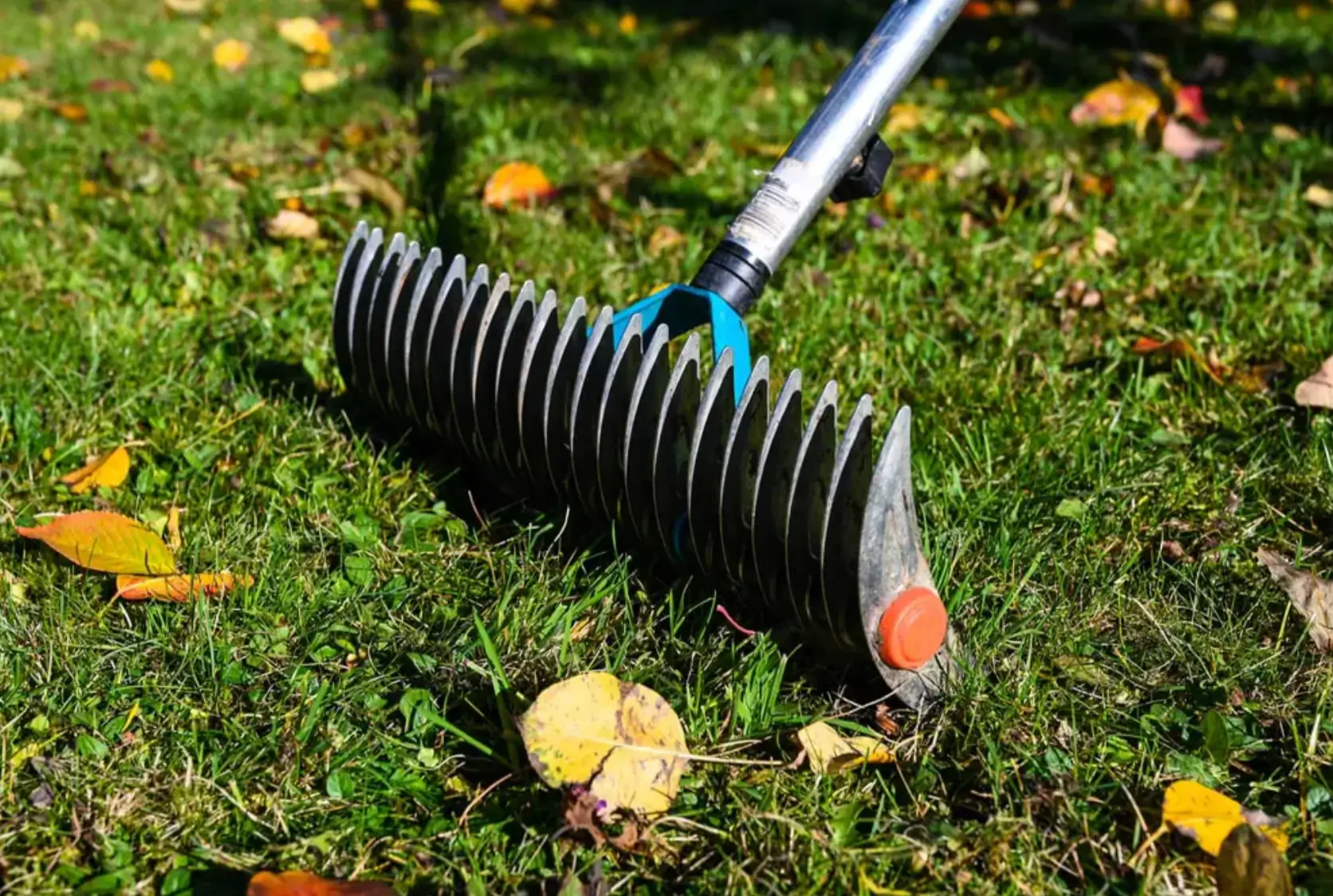
Lawn Care Tips & Maintenance
Victor Miller
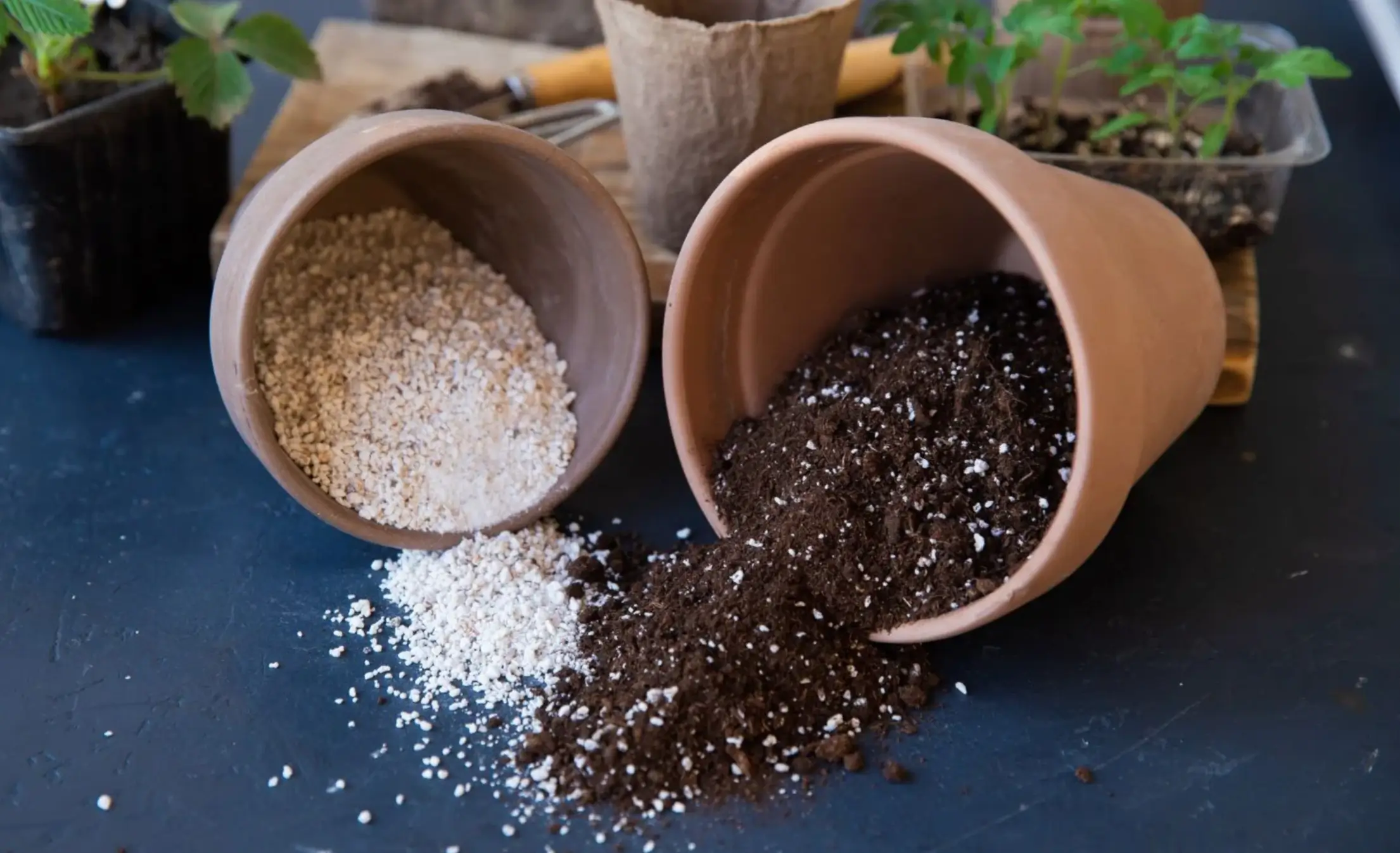
Soil Health & Fertilization
Victor Miller

Smart Irrigation Systems
Victor Miller

Patios, Walkways & Driveways
Victor Miller
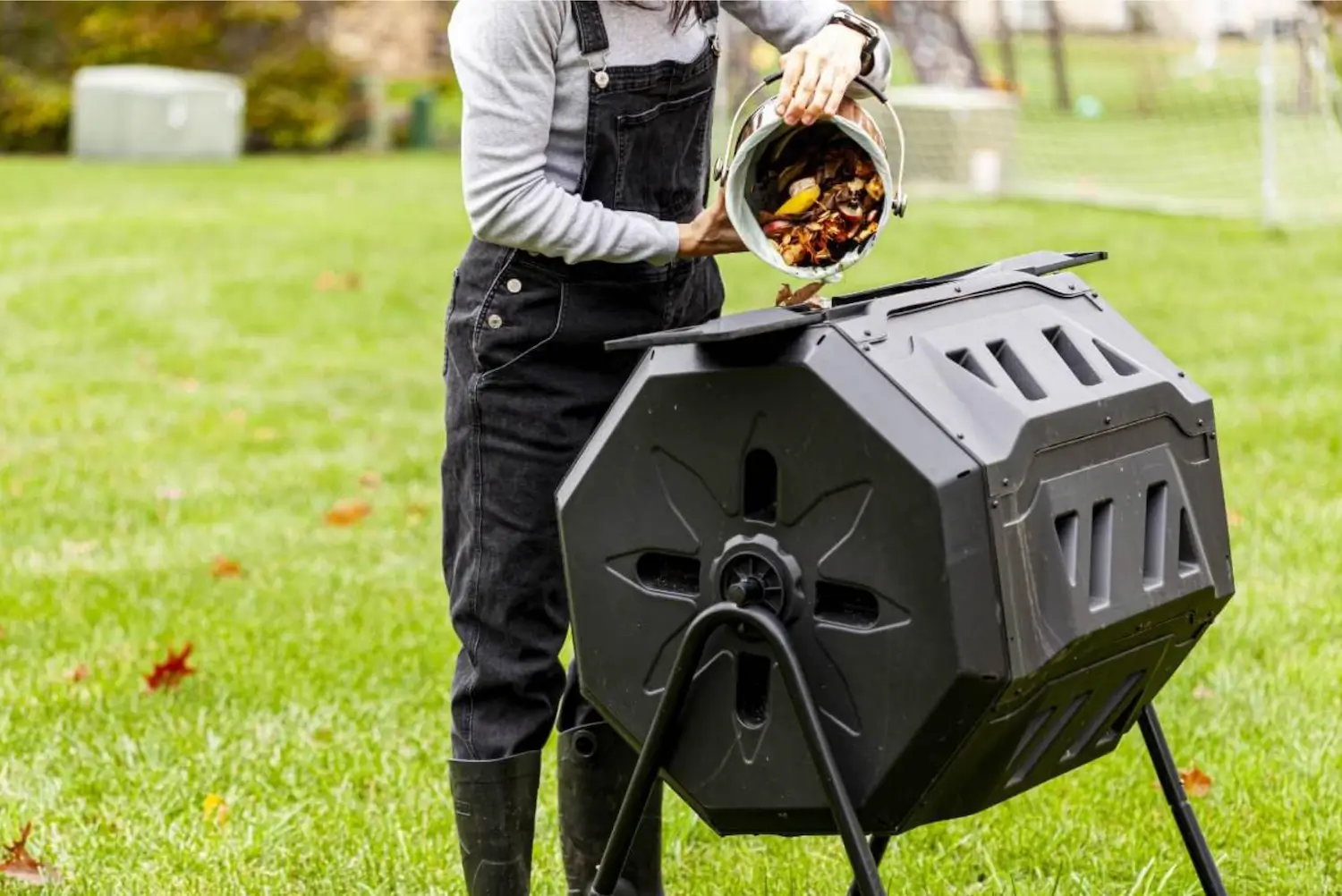
Soil Health & Fertilization
Victor Miller
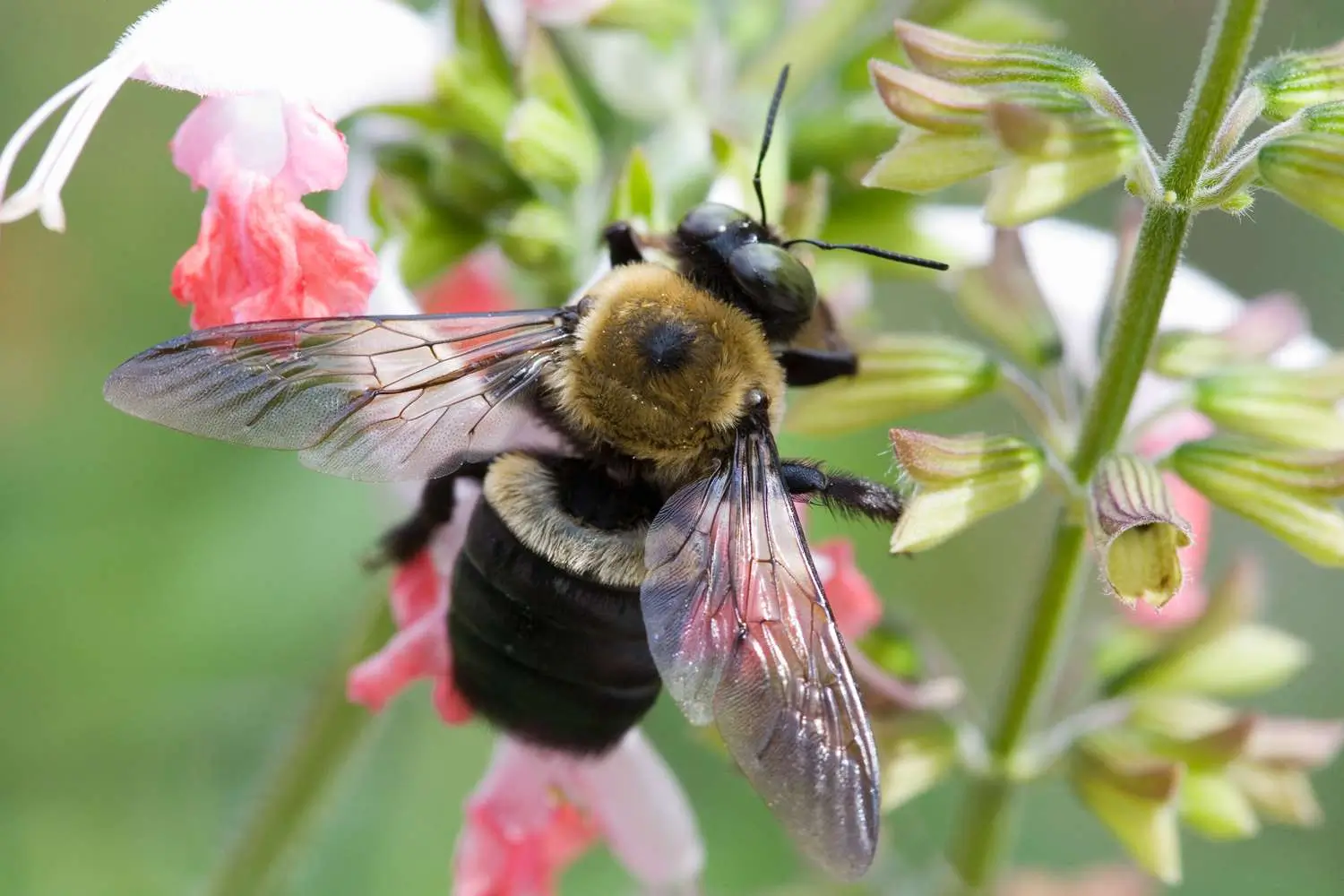
Pest Identification & Prevention
Victor Miller
My Account
Our team is always here to help.
We are open Monday - Friday, 9:00 AM to 4:30 PM PST.